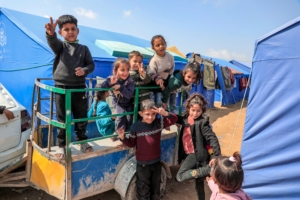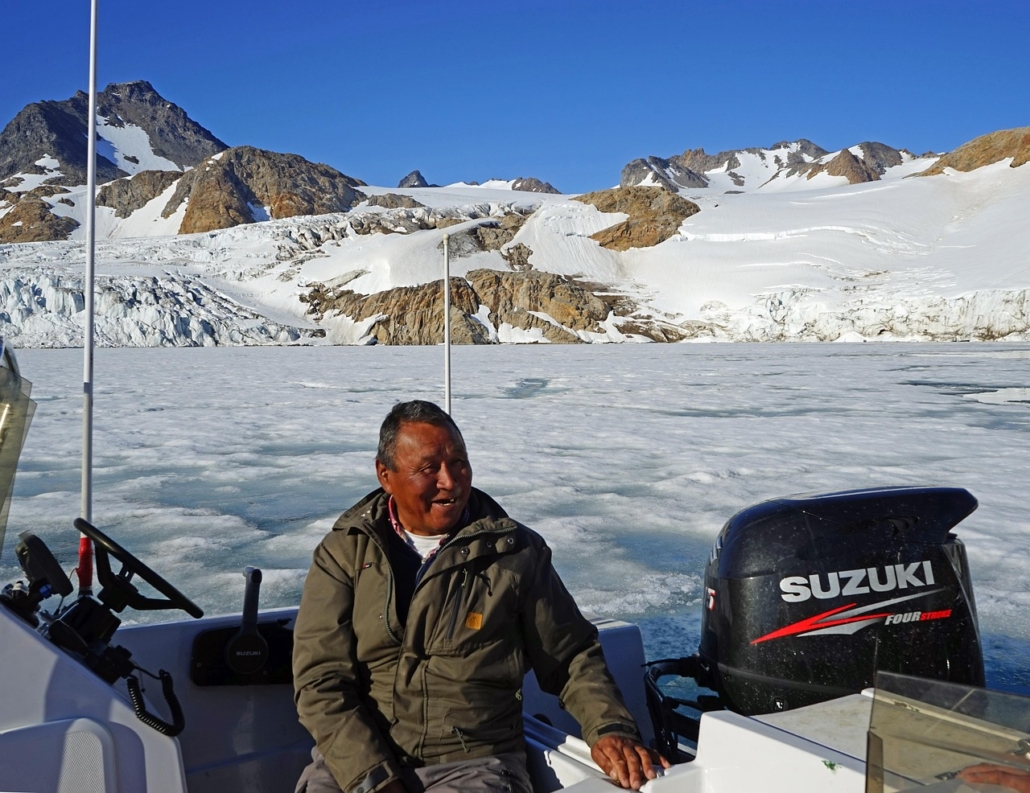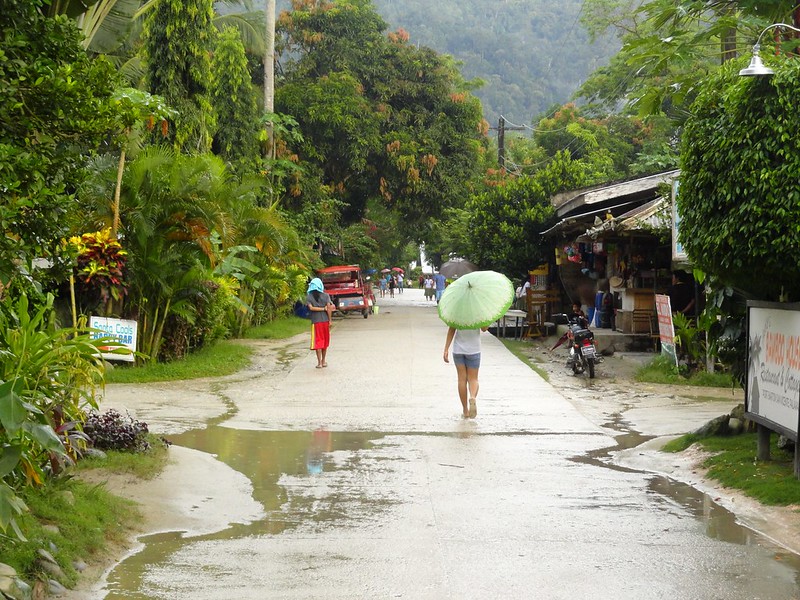 In 2024, the Philippines, a country of more than 100 million people, counted only 1,821 mental health care specialists, falling drastically short of the World Health Organization (WHO) recommended standards. This substantial workforce shortage presents a significant obstacle to accessing mental health care in the Philippines.
In 2024, the Philippines, a country of more than 100 million people, counted only 1,821 mental health care specialists, falling drastically short of the World Health Organization (WHO) recommended standards. This substantial workforce shortage presents a significant obstacle to accessing mental health care in the Philippines.
Background
According to 2023 data from the Department of Health (DOH), more than 3.6 million Filipinos suffer from mental health conditions, neurological and substance use disorders. Among the most prevalent conditions are major depressive disorder, affecting more than 1.1 million people; bipolar disorder, affecting over 520,000; and schizophrenia, affecting more than 213,000, Inquirer reports.
The mental health crisis escalated during the pandemic. Suicide rates rose by 57.3% between 2019 and 2020, and by 2023, Eastern Visayas had nearly doubled its suicide cases. Additionally, surveys show that one in 10 students has attempted suicide.
For many Filipinos, stigma and shame continue to stand in the way of accessing mental health care in the Philippines. Furthermore, the public mental health infrastructure remains scarce, with only four mental hospitals, 46 psychiatric inpatient units and 29 outpatient facilities nationwide.
As a result, many Filipinos rely on private providers and NGOs, although these services are often unaffordable or unavailable, WHO reports.
Framing Mental Health Through National Policy
Recognizing these challenges, recent efforts have focused on strengthening mental health care in the Philippines through targeted reforms and international collaboration.
The Philippines was a part of WHO’s Special Initiative for Mental Health. This initiative assists a global effort to integrate high-quality mental health care into the core of universal health systems by enhancing access to quality and affordable mental health services.
As part of this special initiative, the WHO calls on governments to integrate mental health into Universal Health Coverage (UHC) systems to ensure access to care without financial hardship.
Philippine Council for Mental Health
Introduced in 2023, the Philippine Council for Mental Health (PCMH) Strategic Framework 2024–2028 aims to enhance treatment accessibility, expand community-based initiatives and uphold mental health as a fundamental human right.
This five-year strategic plan aims to reduce the susceptibility of individuals and communities to substance use, neurological and mental disorders and to prevent and treat substance abuse effectively. The PCMH advocates for the essential human right to mental health through the implementation of critical policies. Initiatives encompass enhancing referral mechanisms and instituting the Mental Health Internal Review Board. Media training is conducted to guarantee proper reporting and representation of suicide.
To close the mental health gap, the DOH provided training in mental health to both health and non-health professionals, boosting early intervention at the primary care service level. The primary care package offers mental health outpatient services, including 12 consultations, follow-up diagnostics, psychoeducation and psychosocial support through medicine access sites.
The National Center for Mental Health now operates crisis hotlines around the clock to provide continuous mental health support.
Expanding Mental Health Care Across Sectors
Aiming to construct more mental health-responsive communities, the government launched initiatives across various agencies and educational institutions. Indeed, these efforts led 78,449 private companies to implement mental health workplace policies that support employee safety and well-being, WHO reports. To help health workers manage stress, 54 hospitals applied “behavioral nudges” and government agencies launched the Healthy Learning Institutions (HLI) Framework in 273 last-mile elementary schools, implementing a broad range of mental health measures.
The DOH is incorporating mental health responsiveness into the UHC framework by reformulating medical education and licensure criteria to facilitate integration initiatives. New rules mandate that future doctors, nurses and allied health professionals receive training to recognize and address mental health disorders within primary care settings. These initiatives facilitate the integration of mental health support into the daily environments where individuals live, work and study.
Maintaining mental health investment in education, workforce, and financing sets the foundation for a more equitable UHC system and increases mental health care in the Philippines, improving community health and resilience.
– Imge Tekniker
Imge is based in London, UK and focuses on Global Health for The Borgen Project.
Photo: Flickr
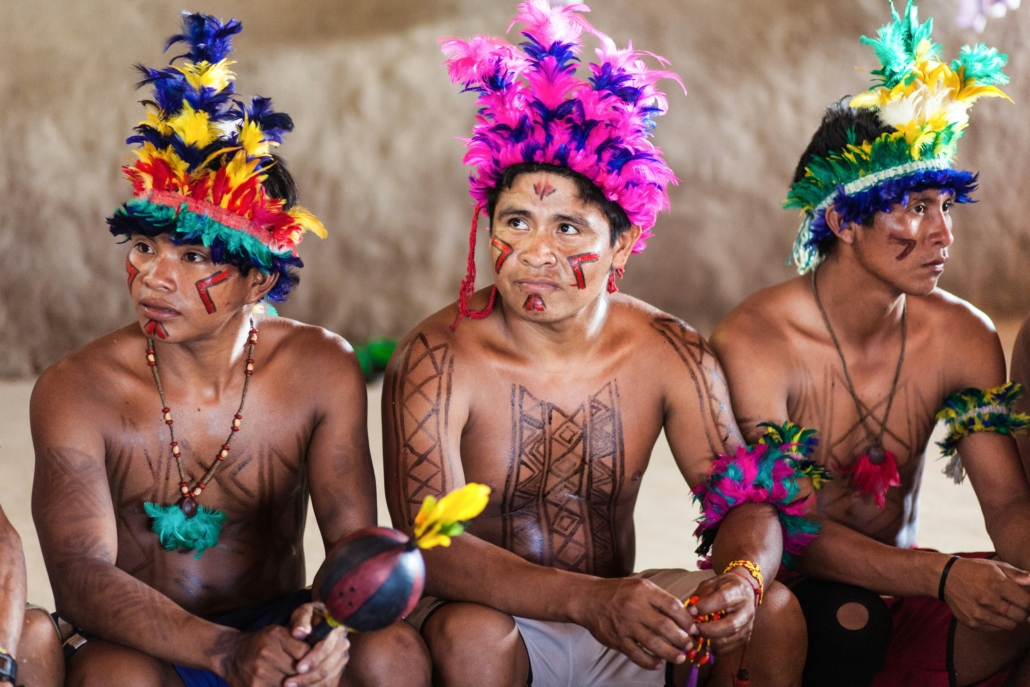
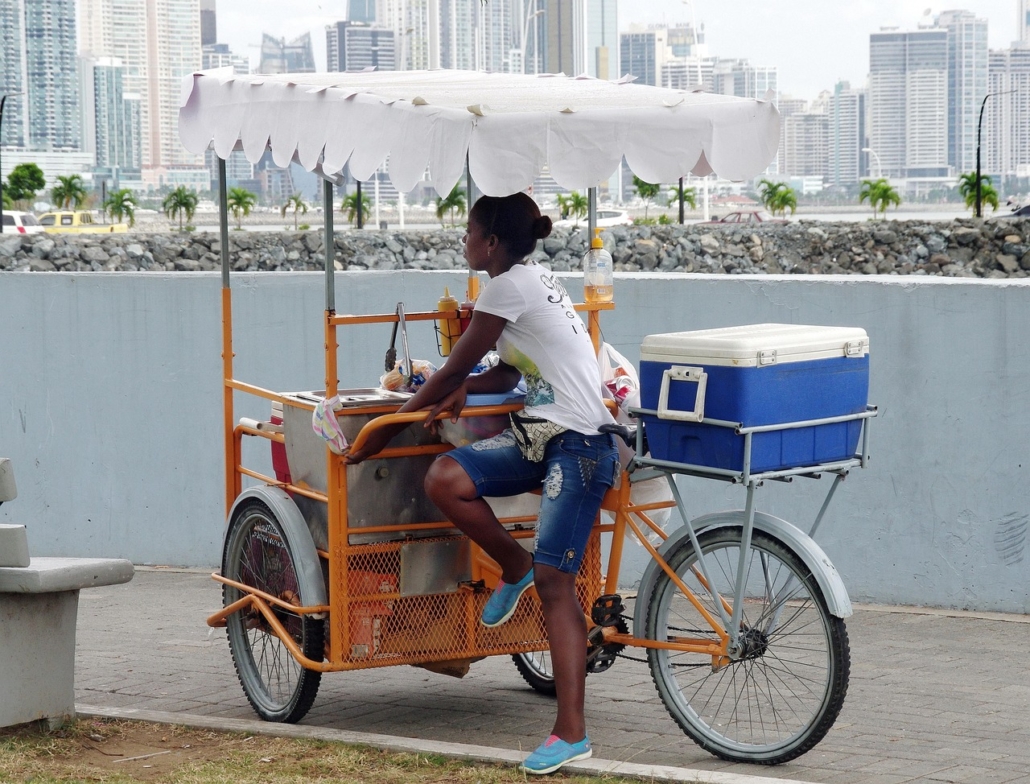

 After
After 